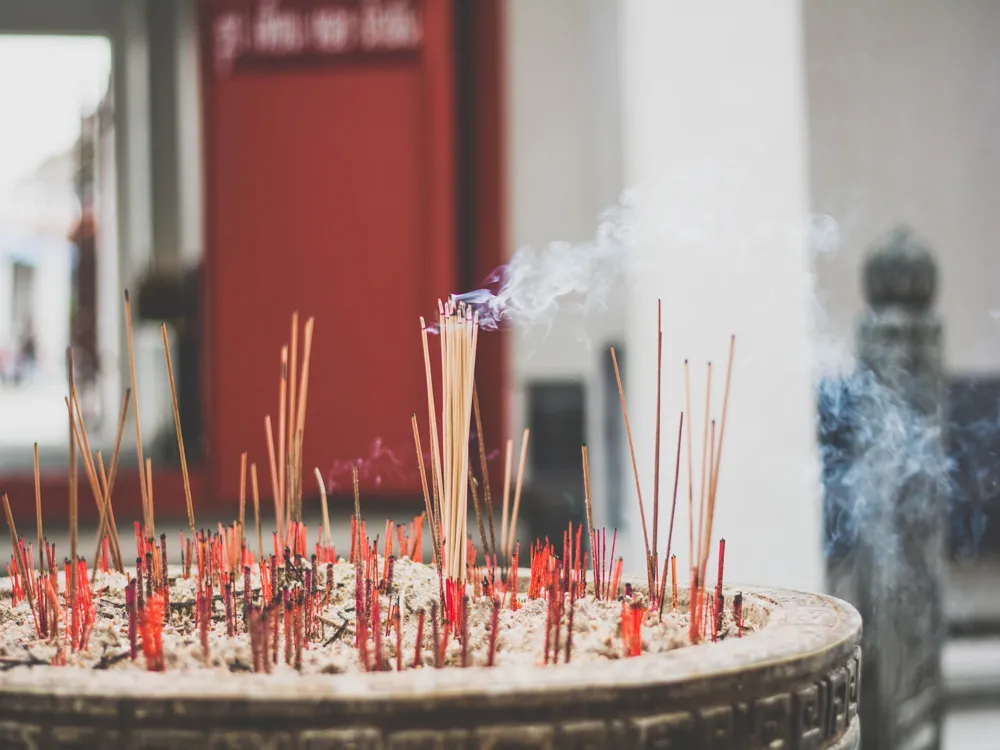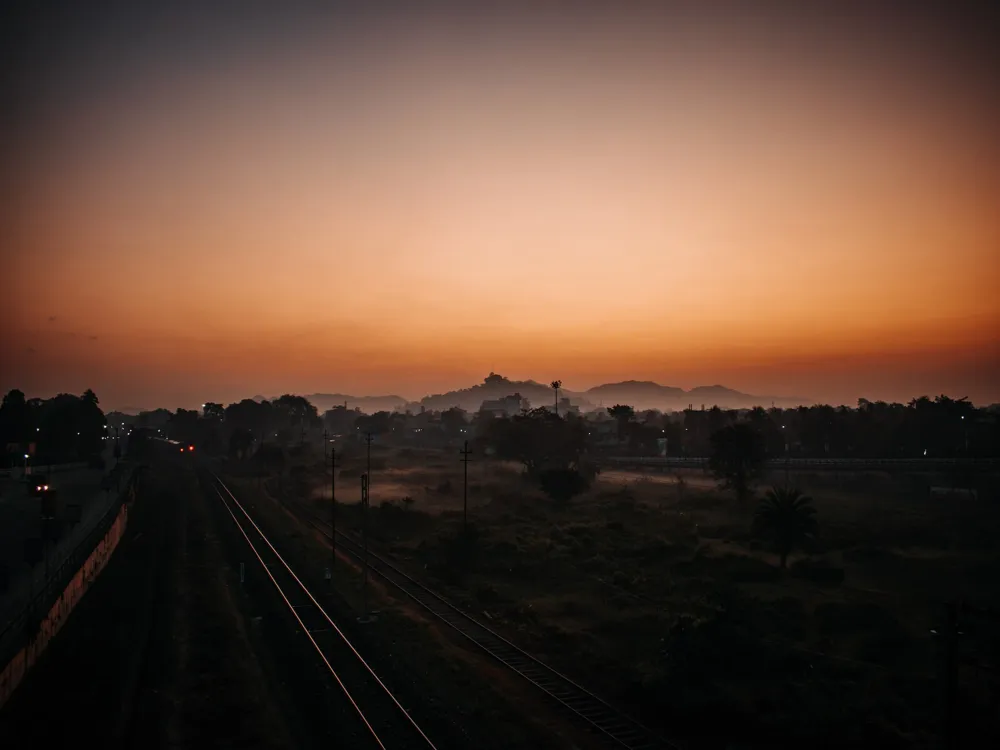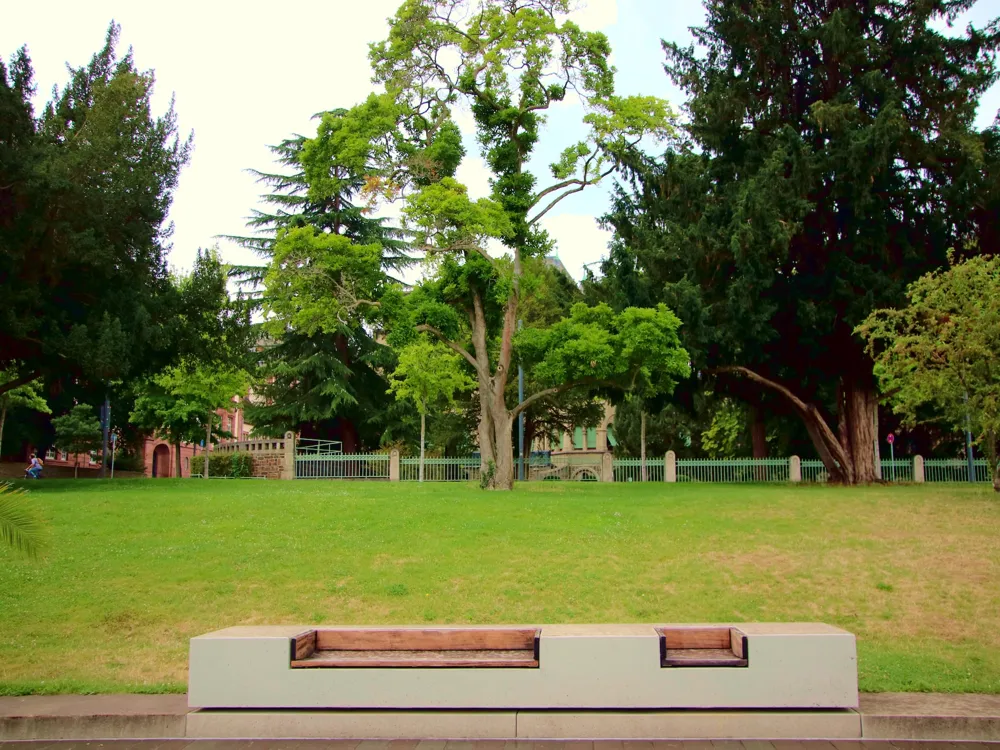The Shyamrai Satra, nestled in the serene landscape of Goalpara in Assam, stands as a testament to the rich cultural and religious heritage of the region. Established centuries ago, this Satra is not just a religious site but a beacon of Assamese culture and spirituality. It's a hub for the followers of the Vaishnavism sect, founded by the revered saint Srimanta Sankardeva. The Satra, with its tranquil surroundings, offers a spiritual retreat from the chaos of daily life, making it a must-visit for those seeking peace and introspection. The history of Shyamrai Satra is as fascinating as it is long. The Satra was established during the 16th century, during a period of great socio-religious reform in Assam led by Srimanta Sankardeva. It played a pivotal role in propagating the Ekasarana Dharma, a monotheistic form of Hinduism that emphasizes devotion to Lord Krishna. Over the centuries, Shyamrai Satra has not only been a place of worship but also a center for cultural activities, including the famous Bhaona (Assamese theatrical performances), Ankia Naat (one-act plays written by Sankardeva), and Sattriya dance, which is one of the eight classical dances of India. The architecture of Shyamrai Satra is a splendid example of the Assamese style of temple architecture. The main temple, or Kirtanghar, is the heart of the Satra. This structure, with its ornate carvings and intricate designs, reflects the artistic brilliance of the Assamese craftsmen. The Kirtanghar, primarily made of wood and bamboo, showcases exquisite carvings of mythological scenes and figures, depicting stories from the epics like the Mahabharata and the Ramayana. One of the unique architectural features of Shyamrai Satra is its Namghar, a place where devotees congregate for prayers and chanting. The Namghar, with its simple yet elegant design, fosters a sense of community and belonging among the devotees. The walls of the Namghar are often adorned with paintings depicting scenes from Lord Krishna's life, each telling a story of morality and devotion. The Bhogghar, or the community kitchen, is another integral part of the Satra, symbolizing the practice of community dining and equality among all. Visitors to Shyamrai Satra should dress modestly, respecting the sanctity of the place. Traditional attire is preferred but not mandatory. It's also important to maintain a decorum of silence and reverence within the temple premises. The ideal time to visit Shyamrai Satra is during the cooler months from November to February. During this period, the weather is pleasant, making it conducive for exploring the temple and its surroundings. Visitors are welcome to participate in the daily rituals and prayers. It's a unique experience that offers a glimpse into the spiritual practices of the Satra. Shyamrai Satra is accessible by various modes of transportation. The nearest airport is Lokpriya Gopinath Bordoloi International Airport in Guwahati, which is about 130 kilometers away. From the airport, one can hire a taxi or take a bus to Goalpara. The nearest railway station is Goalpara Town railway station. For those preferring to drive, the Satra is well-connected by road with major cities in Assam. Read More:Overview of Shyamrai Satra, Goalpara, Assam
Architecture of Shyamrai Satra
Tips When Visiting Shyamrai Satra
Dress Code and Conduct
Best Time to Visit
Participating in Rituals
How To Reach Shyamrai Satra
Shyamrai Satra
Goalpara
Assam
NaN onwards
View goalpara Packages
Goalpara Travel Packages
View All Packages For Goalpara
Top Hotel Collections for Goalpara

Private Pool

Luxury Hotels

5-Star Hotels

Pet Friendly
Top Hotels Near Goalpara
Other Top Ranking Places In Goalpara
View All Places To Visit In goalpara
View goalpara Packages
Goalpara Travel Packages
View All Packages For Goalpara
Top Hotel Collections for Goalpara

Private Pool

Luxury Hotels

5-Star Hotels

Pet Friendly





















